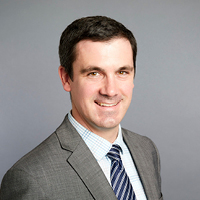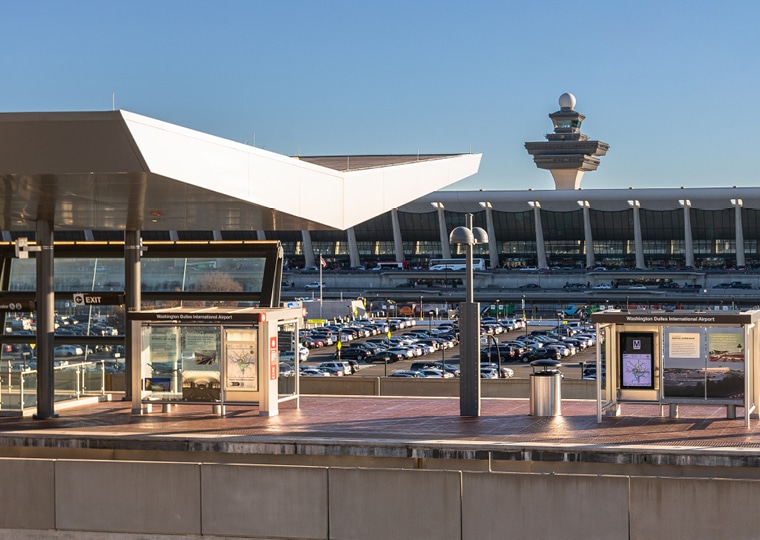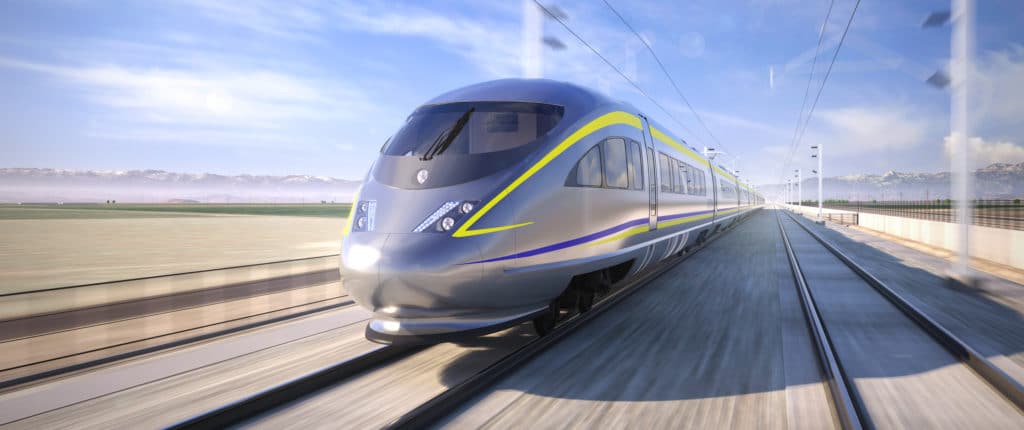What if you could travel from Portland to Seattle—or Seattle to Vancouver—in an hour? It’s an idea that the Washington State Department of Transportation (WSDOT) has been investigating since 2016, following Gov. Jay Inslee’s directive to WSDOT to determine the feasibility of an ultra-high-speed ground transportation system (UHSGT) in the Cascadia megaregion.
The proposed UHSGT System, dubbed the Cascadia high-speed rail, would drive connectivity and accessibility between the three major cities in the Pacific Northwest region in the United States and Canada. To help transform this idea into a reality, WSDOT enlisted an independent analysis of its current findings.
Over the past year, STV served as a subconsultant to RSG and evaluated the three feasibility studies WSDOT conducted. Earlier this year, we delivered a final report to the Washington State Legislature’s Joint Transportation Committee (JTC) that provides an independent, unbiased review of the three studies.
For a complex UHSGT system like Cascadia, our team developed a comprehensive report that included performing a trade-offs analysis for three high-speed rail (HSR) scenarios, a due diligence analysis of the previous WSDOT studies, and a best practices analysis of similar systems around North America.
Delivering a brand new, multinational transit system that would traverse the U.S. and Canada presents its own complexities related to governance, from planning to construction to operation. The proposed Cascadia rail involves agencies and governments within Oregon and Washington states, and British Columbia in Canada.
The U.S. and Canada each has its own set of policies and regulations related to rail transit—not to mention distinctive environmental laws and cultural expectations—that could affect how the project would be delivered.
We explored various case studies of high-speed rail infrastructure in the U.S. and around the world, including the Gordie Howe International Bridge and California High-Speed Rail Project.
Currently under construction between Michigan in the U.S. and Ontario in Canada, the Gordie Howe International Bridge, provided valuable information and lessons learned. The complex megaproject served as a prime example of governance structures for binational projects and realistic timeline expectations for planning and project delivery. The early planning phase studies were conducted through an informal partnership between the stakeholders over approximately eight years. As the Gordie Howe project moved into the more complex phases of design, procurement, and construction, a formal binational partnership was developed through a binding agreement that spelled out each party’s roles and responsibilities.
The government and transit partners across Washington, Oregon and British Columbia thus far have been loosely coordinating on this project, but our team recommended that the agencies follow the same two-step governance model that was used in the case of the Gordie Howe International Bridge. This model would not only build momentum for the project and push it further along in the planning studies but would also ensure that the right set of expertise is present in each phase of the project, which is especially crucial during the later stages.
For the California High-Speed Rail Project (CAHSR), our team examines the authority’s experiences as it relates to delivery and procurement. The California High-Speed Rail Authority has leveraged one delivery model (design-build) for its first construction packages. Currently, it is open to different models as it advances other sections.
Additionally, the CAHSR project sheds light on the extreme complexity of procuring and delivering mega-projects and emphasizes the need for experienced staff to manage this latter phase of the project. STV is presently leading the environmental and engineering documentation phase for the California High-Speed Rail Project for the Burbank to Los Angeles and the Los Angeles to Anaheim sections.
When STV and RSG delivered our final report to the JTC, we emphasized the realistic timelines for a project of this magnitude. For Gordie Howe, the Windsor-Detroit Bridge Authority was formed in 2012, with construction starting in 2018; the bridge is set to open in 2025.
More rigorous investment-grade studies are needed, as well as the establishment of a more formal binational partnership, to take the Cascadia project a few steps closer to the goal of development, bringing ultra-high-speed rail to the Pacific Northwest.
A summary of STV’s and RSG’s findings can be found on the JTC’s website, as well as RSG’s case study on the project.









